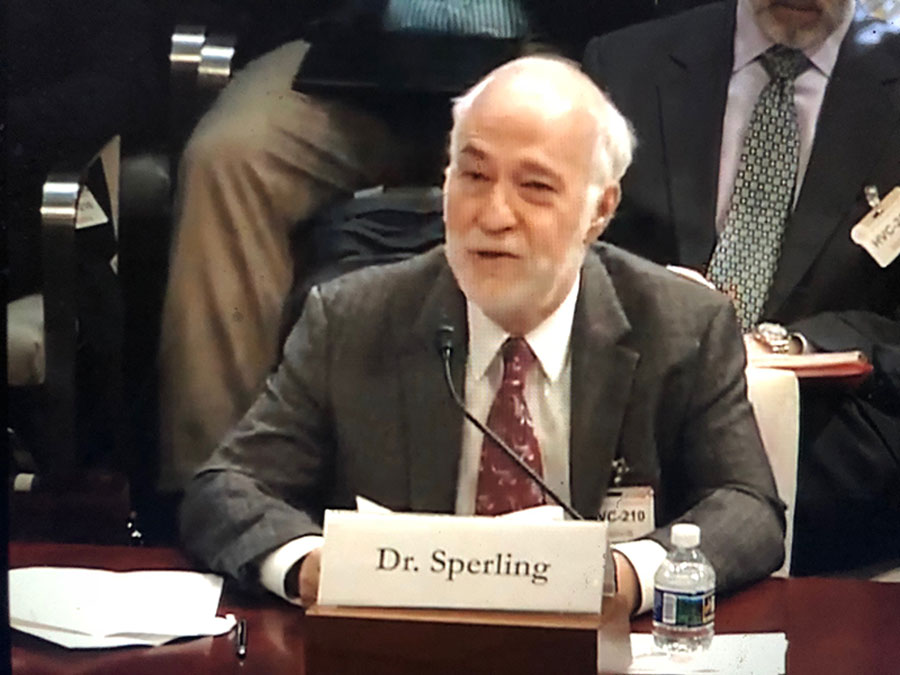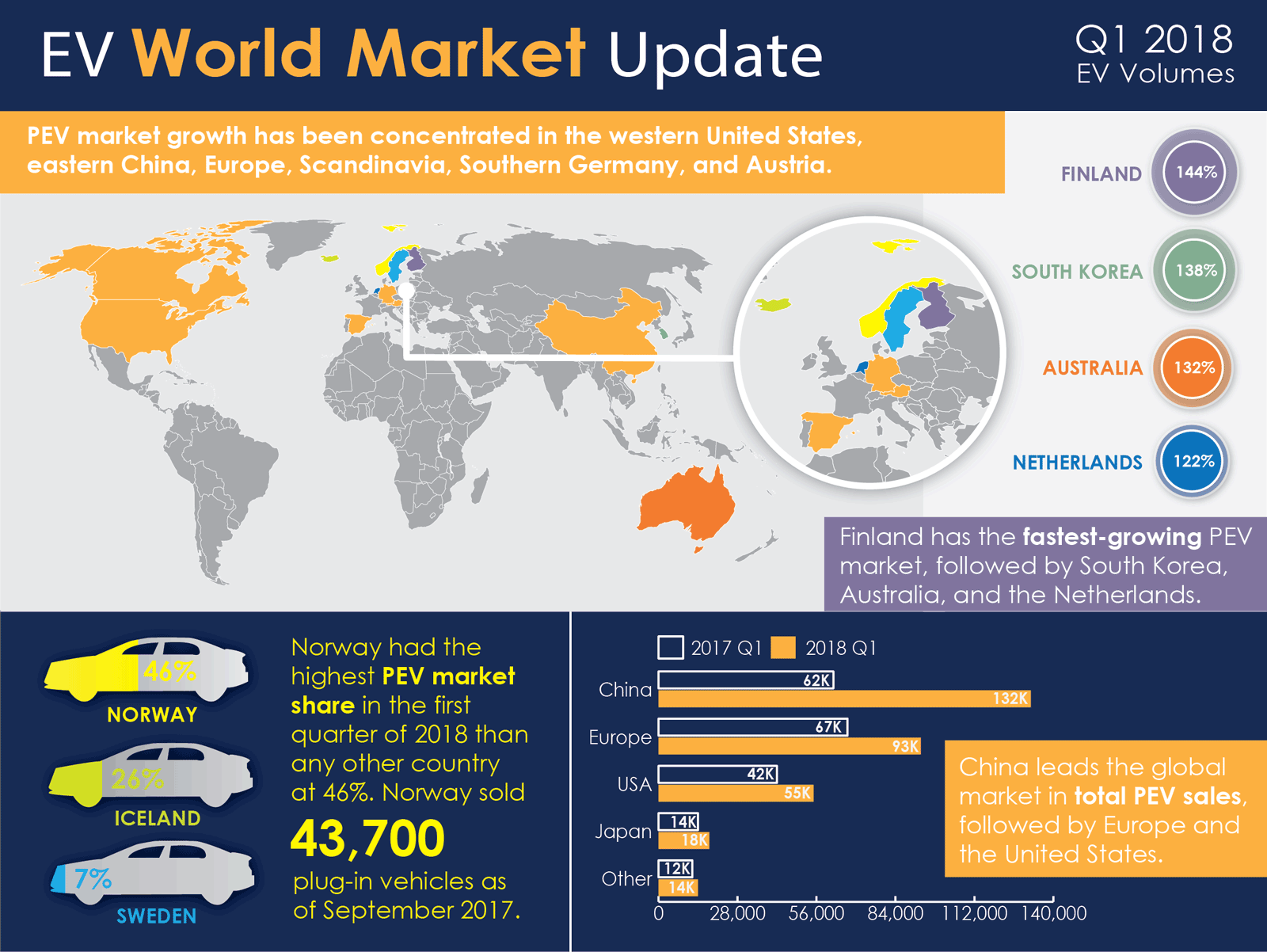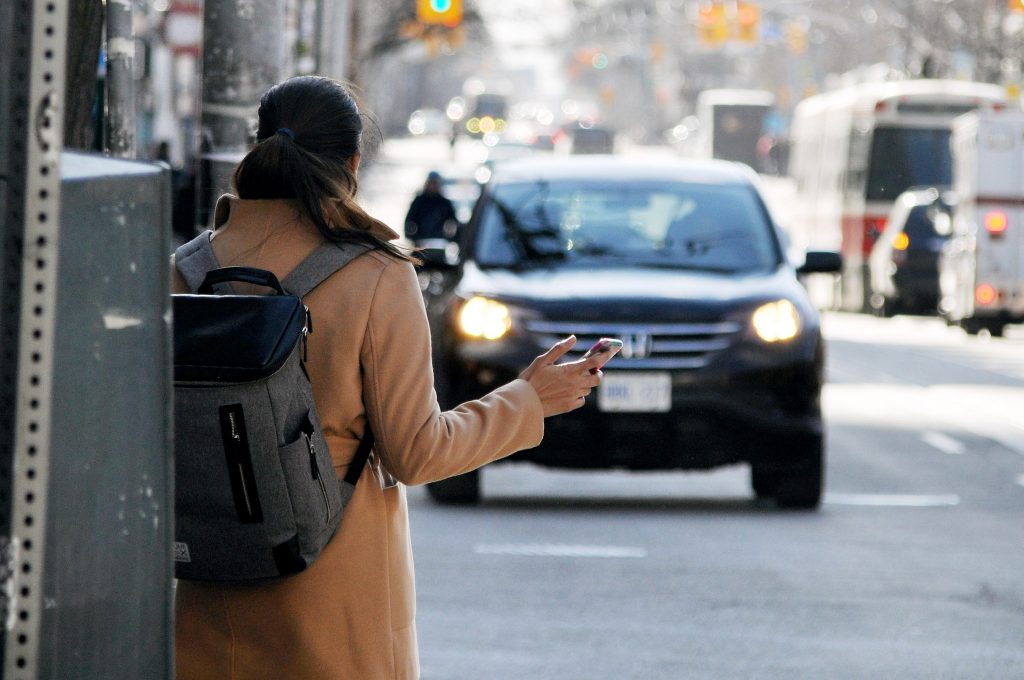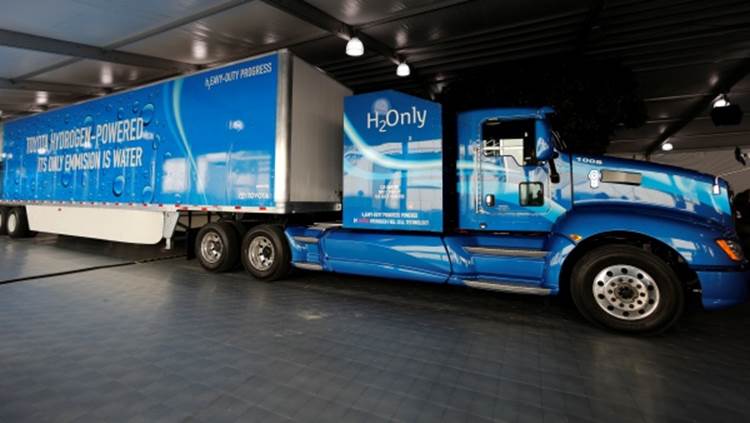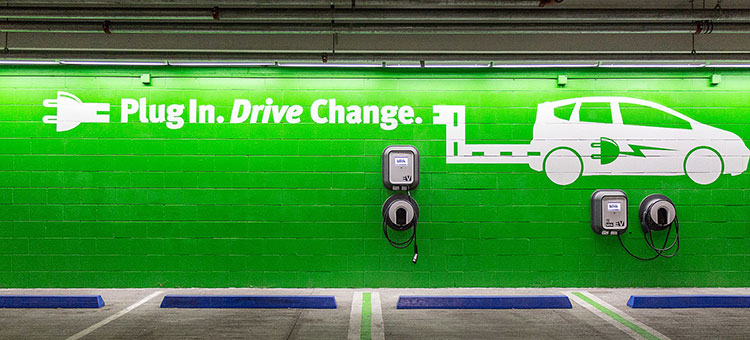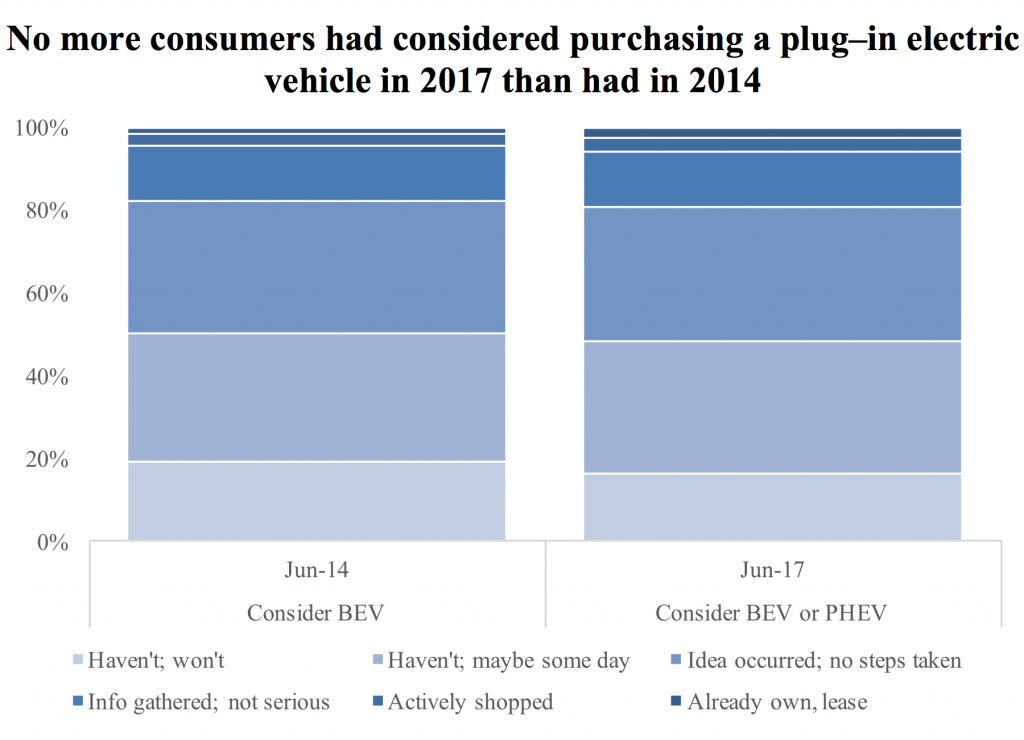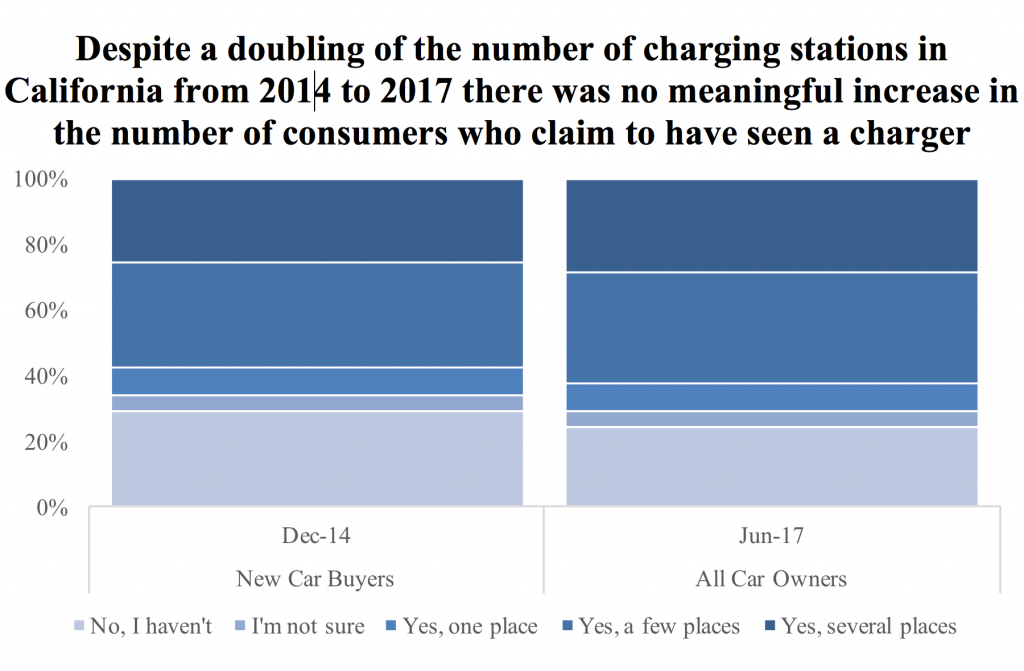Note: This blog was originally published on 3/29/2019 by the legal news service Law360.
The automated vehicle revolution has begun, and will accelerate in the near future. AVs are vehicles that automate the act of driving. Many current-model cars already incorporate features such as adaptive cruise control, self-parking and lane-keeping assistance.
But a larger paradigm shift will occur in the near future when high-level AVs capable of full self-driving will reach some markets. Experts predict these vehicles will be safer than human-driven vehicles, but they will still sometimes crash and cause injuries.
The current auto liability framework works well for human-driven vehicles. However, it assumes a neat distinction between “the driver,” a human who is always responsible for controlling the vehicle, and “the manufacturer,” a company with no post-sale control over the vehicle.
Approximately 94 percent of car crashes are caused by human driver error; here, the human driver can be liable but the vehicle manufacturer cannot. Conversely, approximately 2 percent of car crashes are caused by a defect in the vehicle; here, the vehicle manufacturer can be liable but the human driver cannot. Both scenarios assume one party (but not the other) is presumptively “at fault” for a crash. Liability flows from this fault determination; fault flows from control.
In a self-driving car, however the vehicle’s true “driver” — the party actually controlling the vehicle — is not the human but the vehicle itself. Several recent AV prototypes do not even have a steering wheel or pedals for the human occupant to use. In this type of vehicle, the human vehicle occupant cannot exert control over the vehicle and thus cannot make a driver error. This is significant: in a self-driving car, the traditional pathway to human liability is foreclosed.
If the human driver cannot be liable, it is likely that liability will shift to the manufacturer. The bigger question, however, is whether the liability standard will also shift accordingly. Human drivers are typically evaluated under a negligence standard; manufacturers are typically evaluated under a strict products liability standard. As we shall explain, the combination of manufacturer-borne liability with a default products liability standard could threaten the societal gains we could achieve through AV usage.
The prospect of assigning all AV liability to manufacturers has theoretical appeal: After all, the manufacturer of the self-driving software is presumably the only party capable of controlling or improving the safety of the vehicle. And from an economic perspective, assigning liability costs to the manufacturer, the “cheapest cost avoider” in this scenario, should incentivize the manufacturer to maximize safety precautions. This would benefit AV consumers and to all other parties sharing the roads with these vehicles as well.
However, if we assign all AV liability to manufacturers, these manufacturers could incur significant liability costs. This strikes us as fundamentally fair: If manufacturers want the financial benefits of selling a proprietary and potentially dangerous product, they should assume the financial risks associated with the product as well. The problem is not the assignment of liability; it is the assignment of litigation costs. Products liability litigation is notoriously time-consuming and difficult — thus, invariably, expensive.
Applying products liability to self-driving cars will not benefit most victim-plaintiffs. Given that AV technology is proprietary, and assuming that manufacturers will fight to protect their source code from discovery, it is not clear where a plaintiff will be able to find a qualified expert who can identify the particular software error that yielded a particular crash. And even if such an expert were available, the legal costs of launching a products liability lawsuit may easily exceed most routine damage claims. Attorneys, not victims, will reap the benefits of this system.
Products liability will also be costly for manufacturers. Even if we are comfortable with manufacturers assuming the costs of victim compensation, the frequency and costliness of defending against products liability lawsuits is problematic for two reasons. First, those litigation costs will ultimately be passed on to consumers, driving up the cost of AV use and ownership. Second, these litigation costs may force smaller manufacturers out of the market, creating oligopoly.
Both of these situations would likely reduce the number of AVs on the road. And if, as we predict, the use of AVs is a net positive for society — if AV usage can improve road safety, increase access to mobility, reduce vehicle emissions, aid in the movement towards sustainable city design, etc. — then the last thing we should want to do is create a liability system that reduces the quality and quantity of available AVs.
The solution to this problem is to create a manufacturer liability standard that is less costly to both victims and manufacturers. We suggest a manufacturer negligence standard. Here, when an AV crashes, the court could assess the vehicle’s actions under the “reasonable human driver” standard. Thus, if the AV’s actions would be deemed negligent if performed by a human driver (for example, speeding or disobeying a traffic signal), the manufacturer would be liable.
The value of this system is that the court’s analysis could be focused on the crash itself — what the vehicle actually did — rather than analyzing the self-driving software’s source code to determine whether the vehicle was defectively designed. This would be a much easier and less time-consuming (thus cheaper) analytical mode for all parties.
An alternative solution might be to create a victim compensation fund, allowing injured victims to bypass the courts and products liability altogether. This fund could be created from mandatory contributions from manufacturers in proportion to each manufacturer’s market share, or each manufacturer’s share of total AV crashes. A compensation fund could also help victims recover for their injuries more quickly and with less uncertainty than through the litigation process.
If AVs are better for society than human-driven vehicles, we should design our liability to promote their usage. Products liability is simply too costly — both in terms of financial costs and also in terms of the value lost by reducing AV usage — to be the proper legal standard for analyzing AV crashes.
This blog is based on a series of four 2019 issue papers on possible approaches to liability and insurance for automated vehicles.
Gordon Anderson is a legal fellow at the UC Davis Policy Institute for Energy, Environment, and the Economy and a third-year student at King Hall, UC Davis School of Law.
Austin Brown is executive director of the Policy Institute. In this role he builds strong connections between the research and policy communities at the local, state, and national levels with a focus on clean energy and sustainable transportation.
